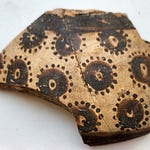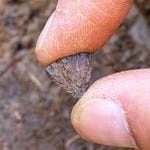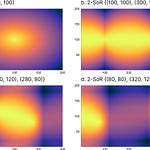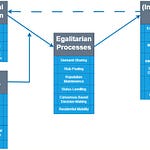The Monument Without a King
On a low terrace above the Mississippi River in northeast Louisiana, the ground rises in great concentric arcs. The air hums with the same sticky heat that would have filled the lungs of the people who, some 3,500 years ago, carried basket after basket of soil to shape one of North America’s first monumental landscapes: Poverty Point.
They had no wheels, no beasts of burden, and no rulers issuing commands. Yet over the course of decades, they moved nearly 1 million cubic meters of earth—enough to fill 140,000 dump trucks—to create vast mounds and embankments that are still visible from the air today. For decades, archaeologists have puzzled over why they did it. What compelled hunter-gatherers to transform a river terrace into something that resembled a city, but wasn’t one?
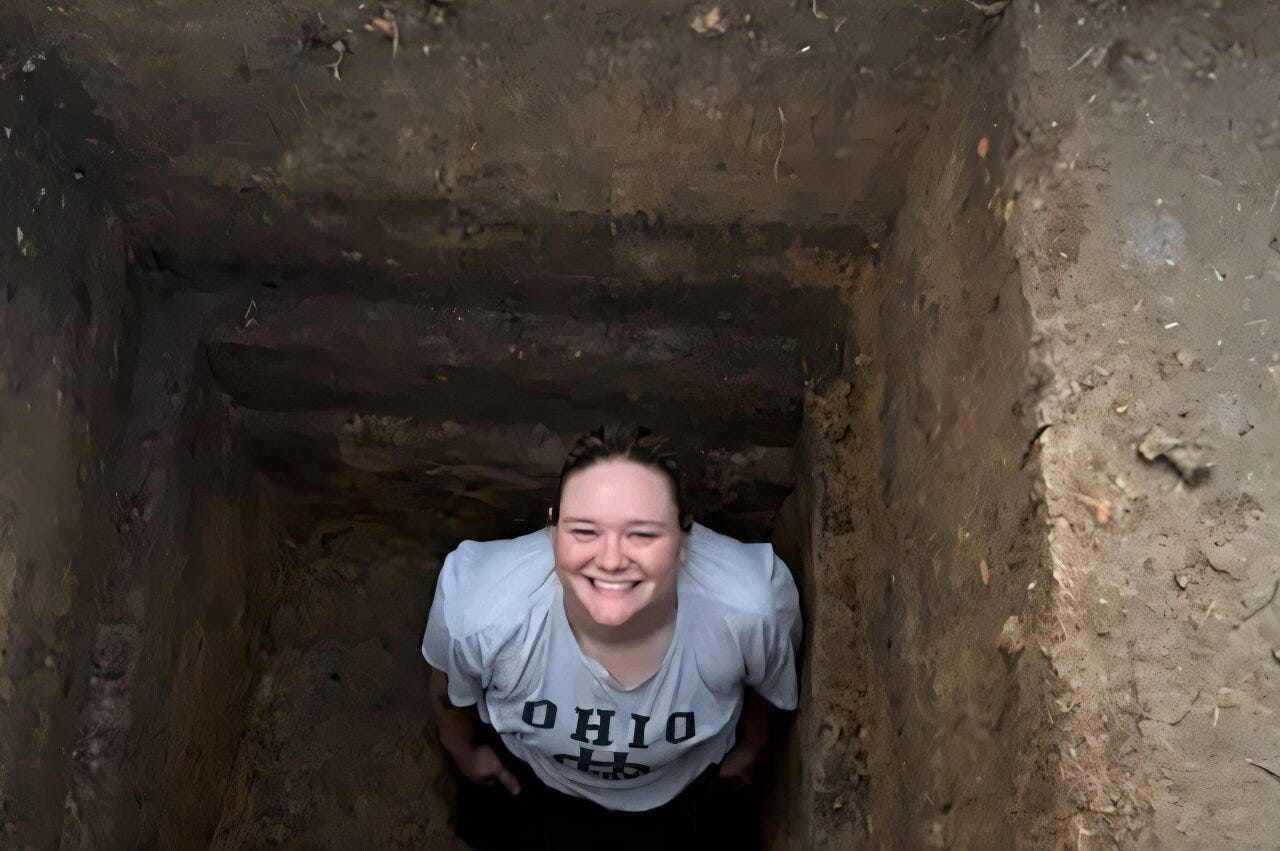
A new pair1 of studies2 led by archaeologist Tristram “T.R.” Kidder of Washington University in St. Louis argues that the answer lies not in hierarchy or conquest, but in faith, performance, and renewal. The research, published in Southeastern Archaeology (2025), proposes that Poverty Point was not a permanent city ruled by elites, but a sacred gathering place where people converged seasonally to restore balance to a volatile world.
“These mounds were not monuments to power,” says Dr. Kidder. “They were acts of cooperation—a shared effort by communities who believed their labor could mend a universe that had fallen out of harmony.”
Listen to this episode with a 7-day free trial
Subscribe to Anthropology.net to listen to this post and get 7 days of free access to the full post archives.





